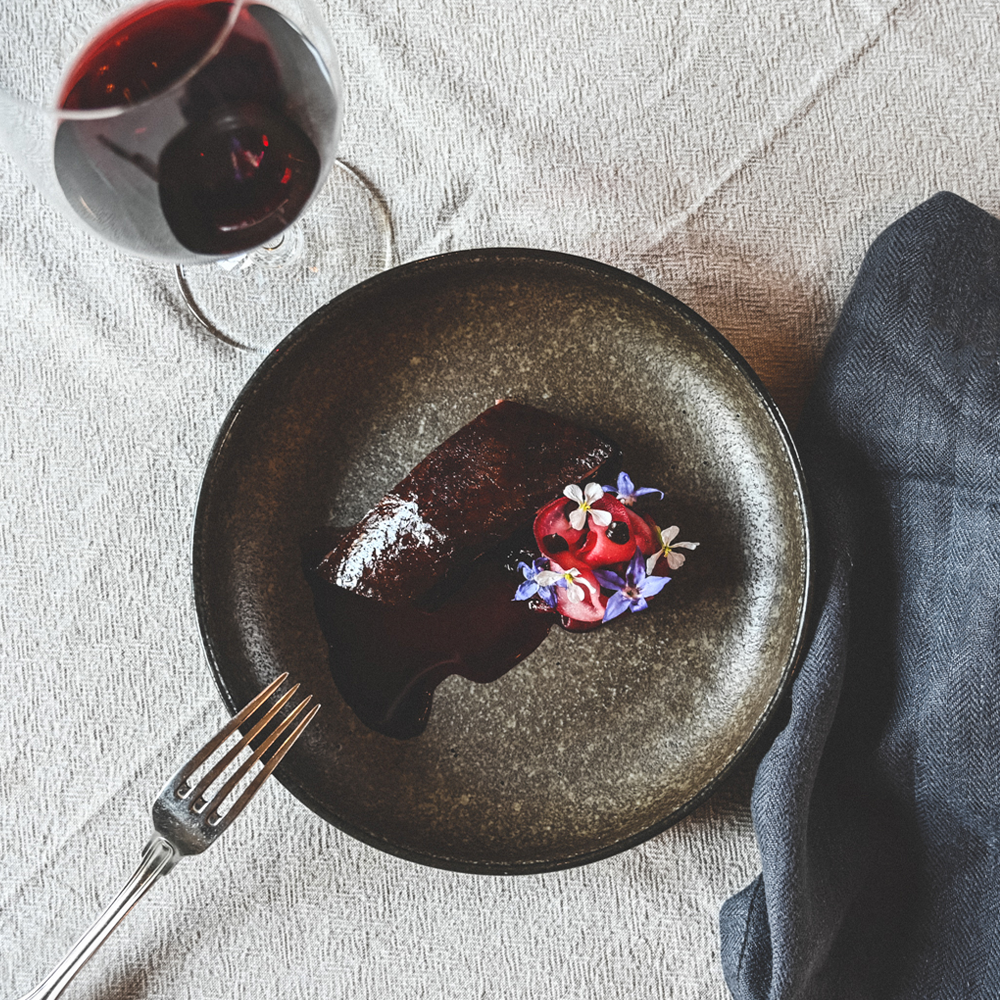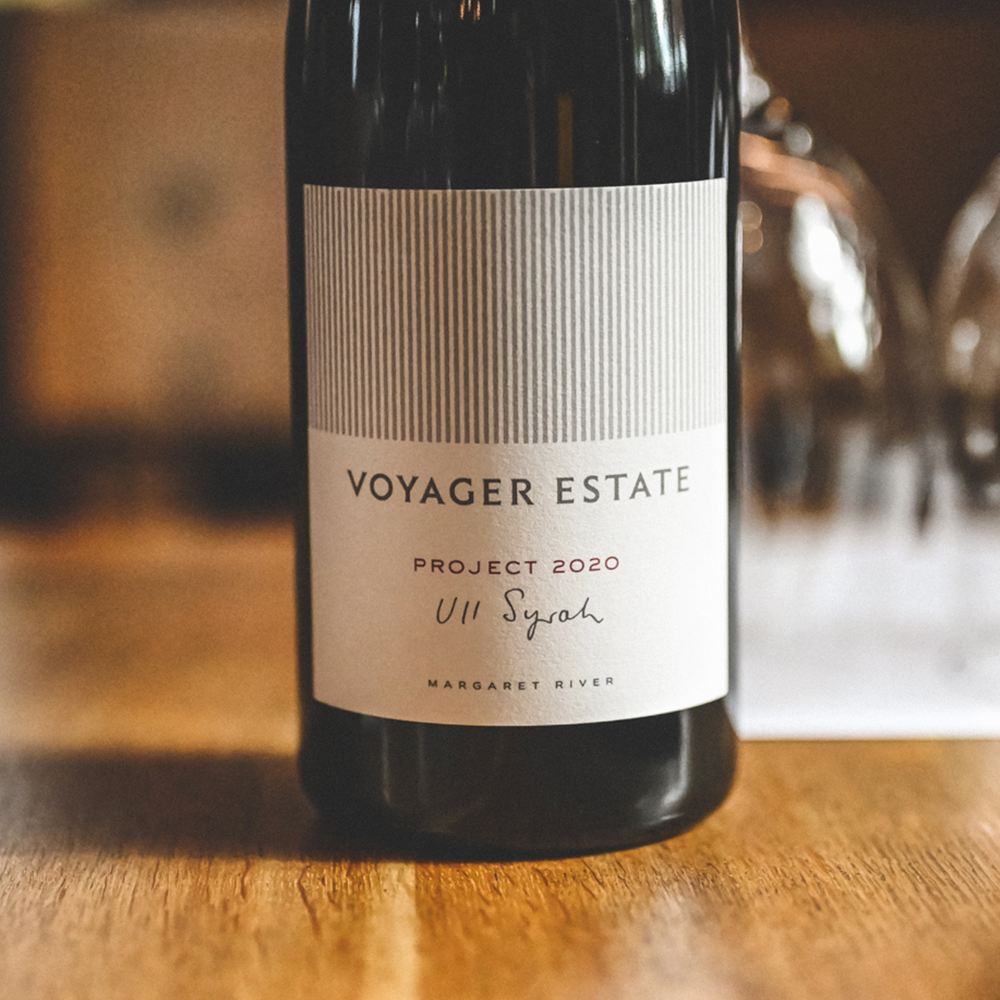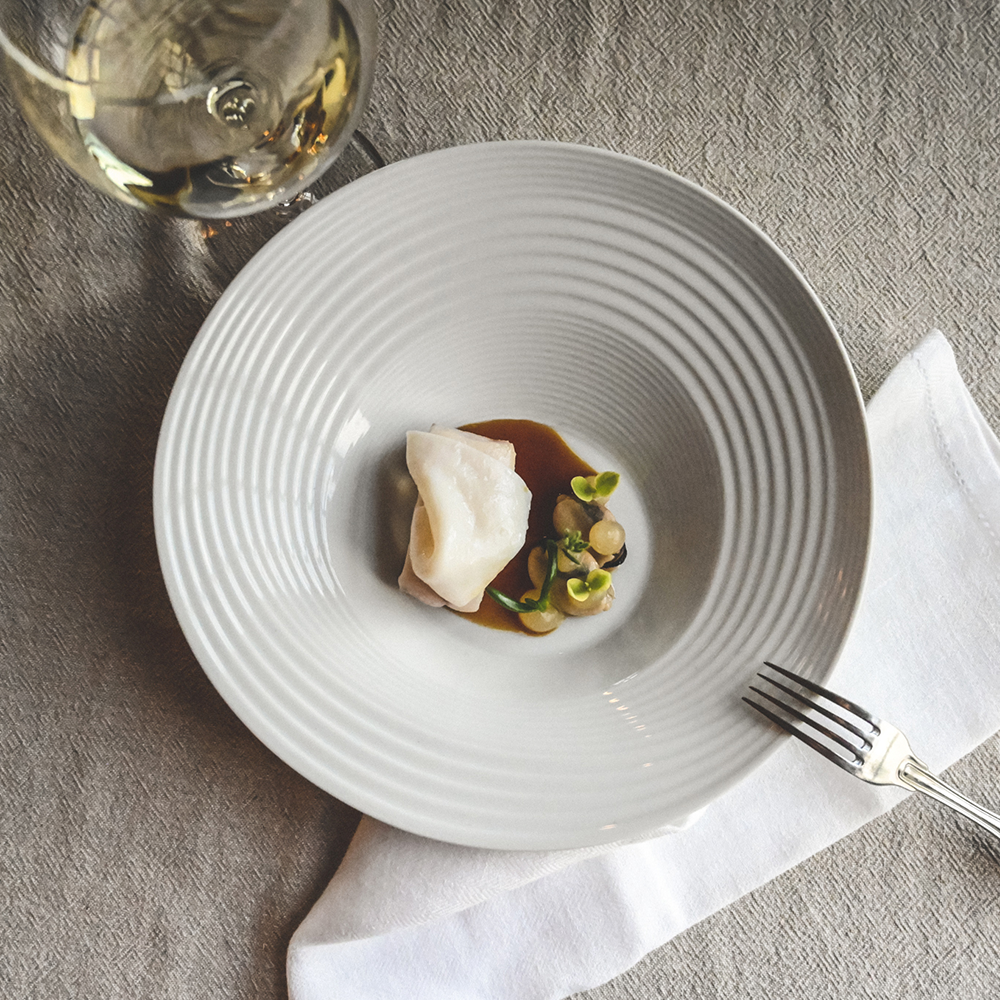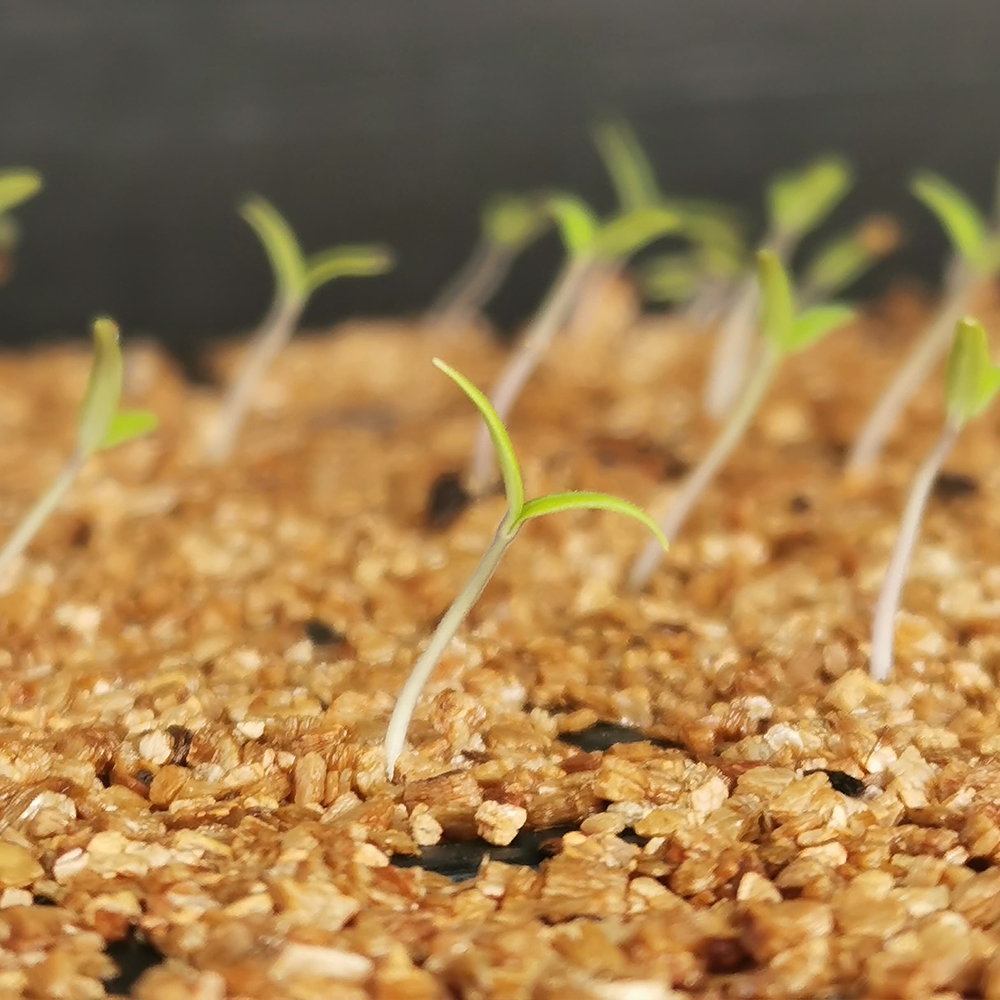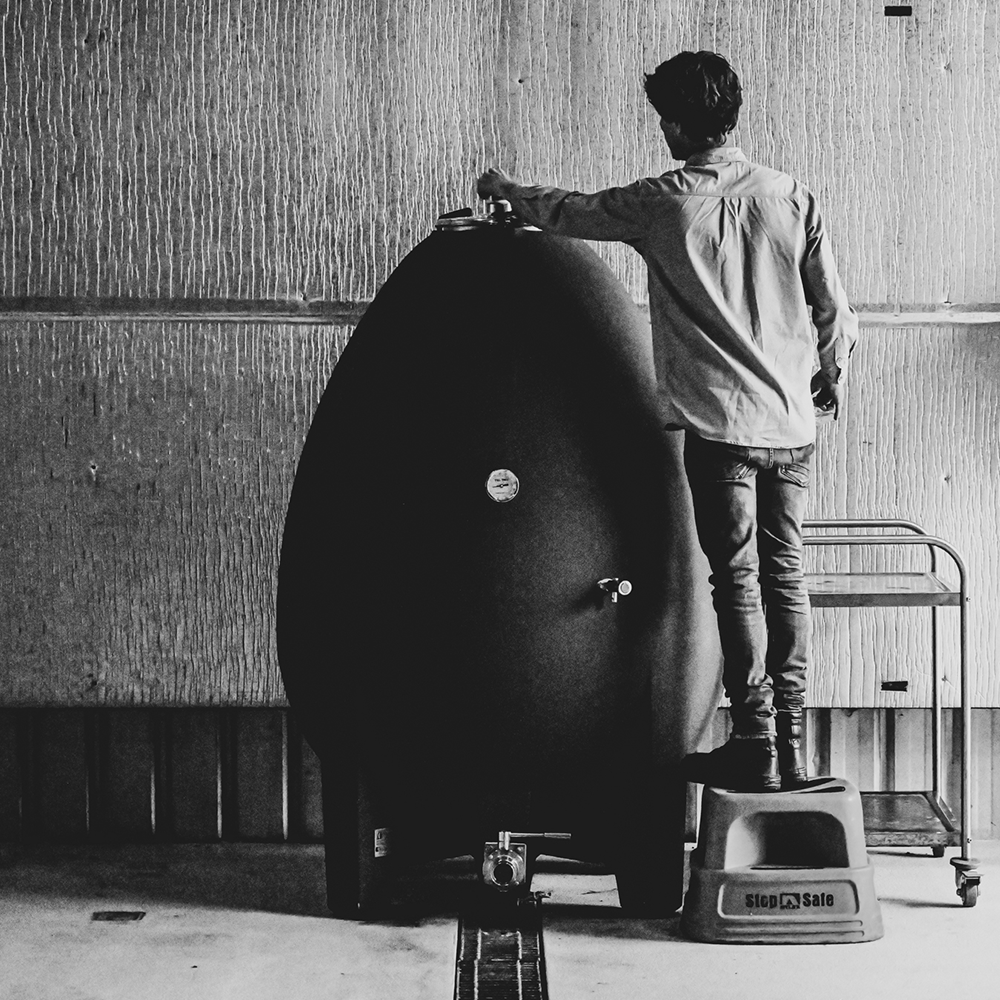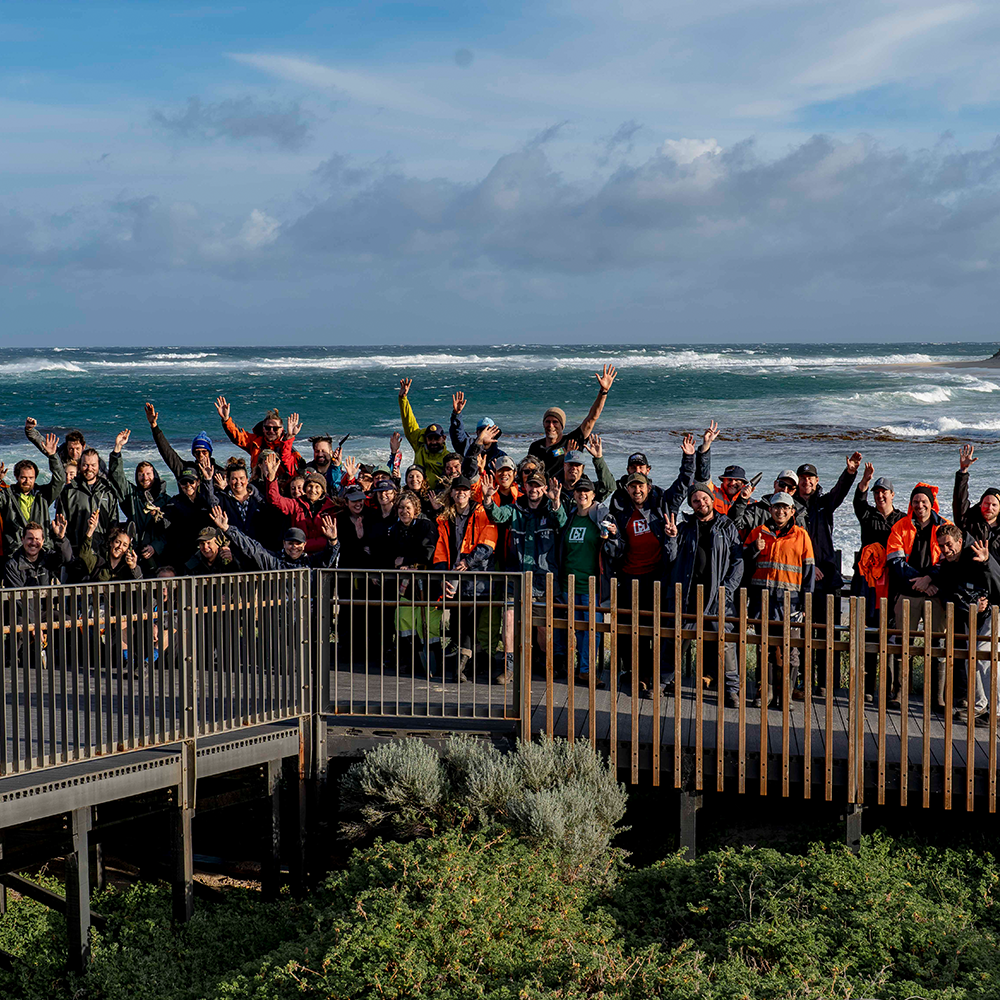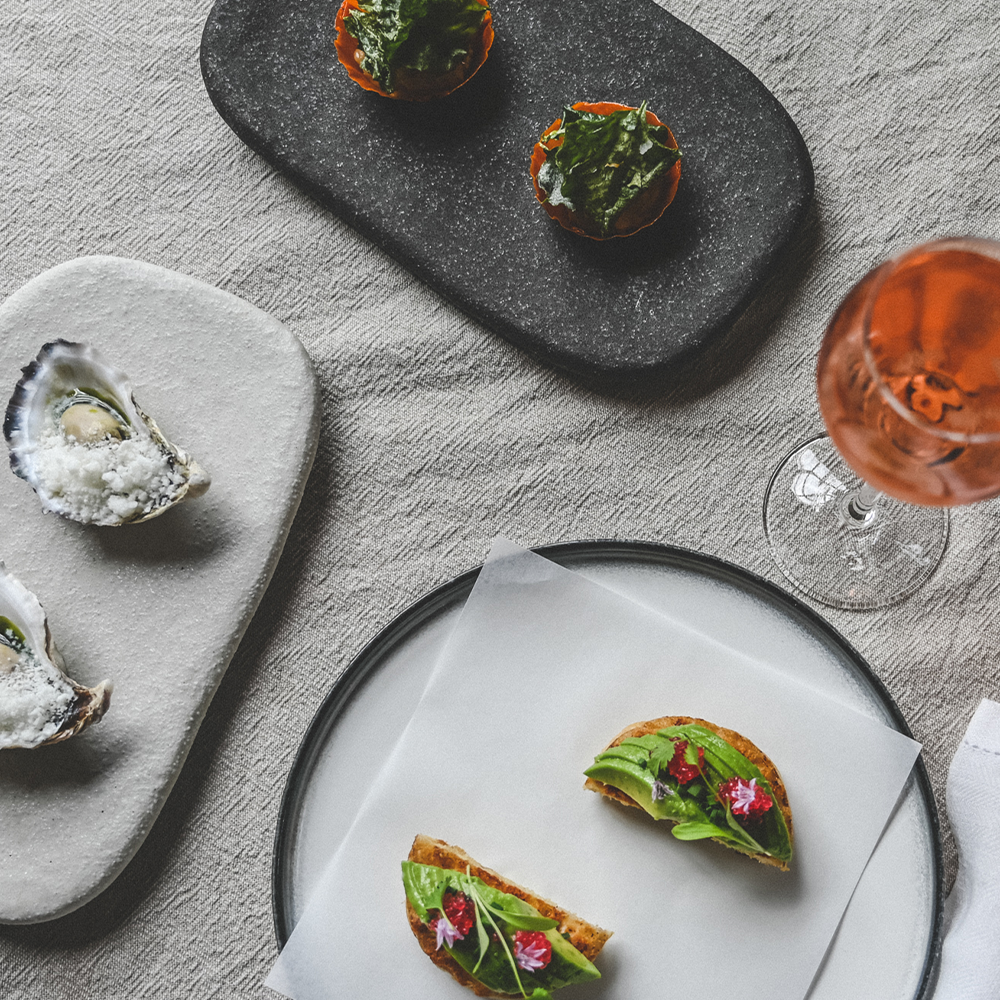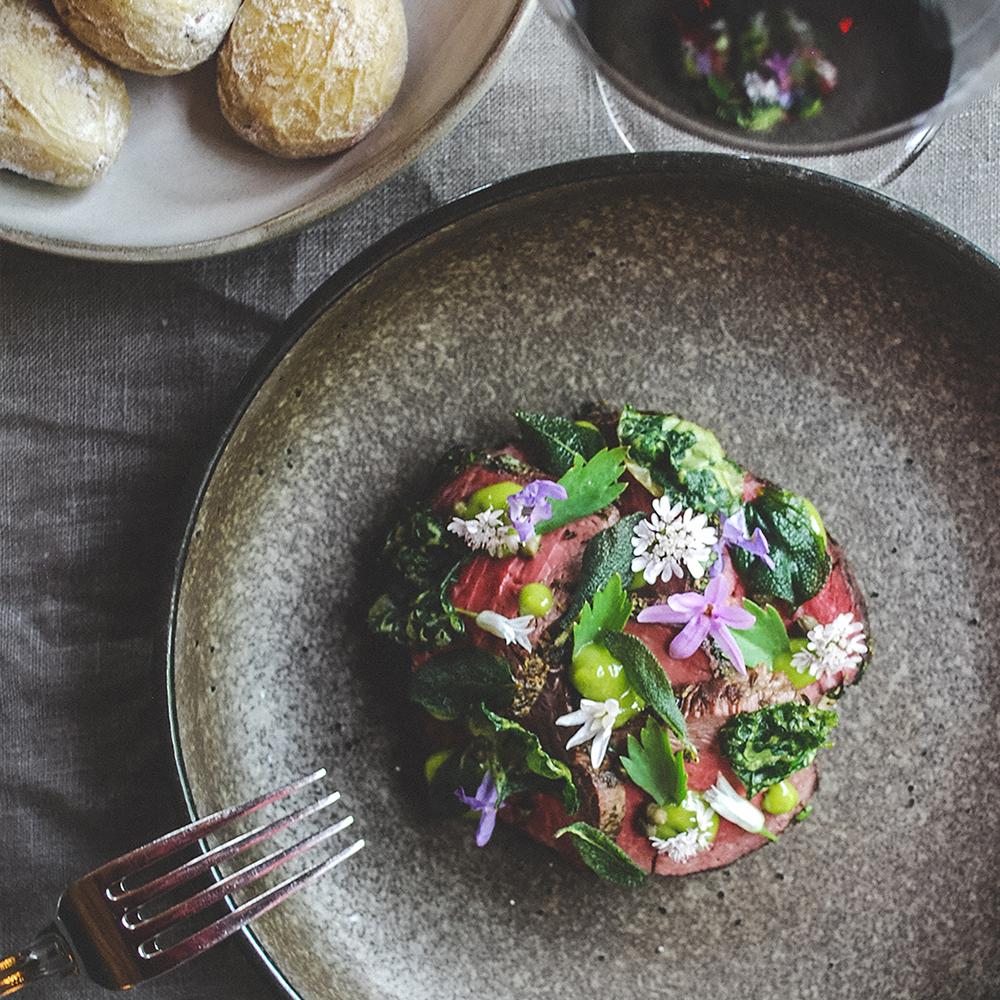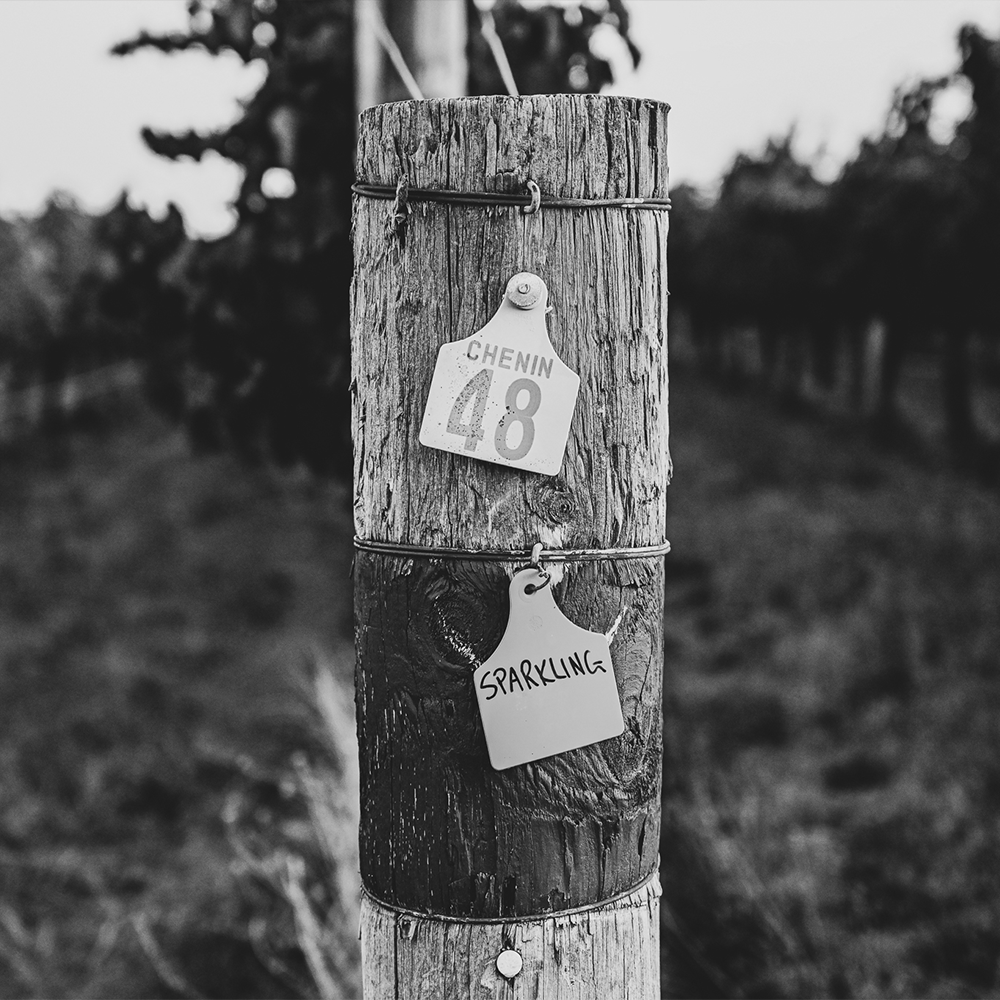Blog
MJW CABERNET & ROAST DUCK RECIPE
The 2018 MJW Cabernet Sauvignon is silky, structured, and stunningly complex – the ultimate expression of our Stevens Valley soils. Chef Ray Van Puymbroeck and Sommelier Claire Tonon have weaved their culinary magic to create the ultimate flavour pairing, perfect for your next dinner party.
The umami-rich duck and accompanying jus highlight the fine tannins and acidity, while the pickled plum and garlic provides balance, returning the wine’s complex array of berry tones. The spice notes in the sauce and the charriness of the plums also echo the spice and charred notes in the wine, imparted from exceptional French oak.
Accompaniments can be prepared ahead of time, so all that is needed on the day is to heat, assemble and enjoy...
INGREDIENTS
AGED ROAST DUCK
- A whole medium-sized duck (1.8 – 2kg)
- 1 tbsp apple cider vinegar
- 1 tbsp soy sauce
- 1 tbsp honey
DUCK & PEPPER JUS
- 2 kg duck necks, bones and trimmings
- 1 kg chicken wings
- 2 onions
- 2 carrots
- 2 sticks of celery
- 6 garlic cloves
- 2 bay leaves
- 8 all spice seeds
- 10 Szechuan peppers
- 100g coriander root
- 8g ginger
- 100g dark soy sauce
- 3 litres water
PICKLED & CHARGRILLED BLOOD PLUM
- 2 blood plums, sliced in half, stone removed
- 150 ml apple cider vinegar
- 50 ml water
- 50g sugar
- 10 black peppercorns
- 2 bay leaves
- 1 tablespoon olive oil
BLACK GARLIC PURÉE
- 200g garlic noir
- 50 ml water
- 50 ml grapeseed oil
- 3g salt
METHOD
10 DAYS PRIOR
- Blanch whole duck in boiling water for 15 seconds to sterilise and place on metal rack
- Mix vinegar, soy sauce and honey together and brush over the duck
- Leave duck uncovered in fridge, brushing with the vinegar and honey mixture once a day
2 DAYS PRIOR
- To prepare duck and pepper jus, soak the duck bones, meat, and chicken wings in a bowl for one hour, changing the water four times
- Dice vegetables, then add to a large pot with all other ingredients. Allow to simmer on low heat for four hours with lid off
- Strain through a paper filter (coffee filter or muslin cloth) and refrigerate
- To make plums, add all ingredients (except plum halves) to a saucepan and bring to the boil, then remove from heat and allow to cool
- Pour mixture over the plum halves and keep in an airtight container in the fridge
- Prepare the garlic purée by blending garlic and water in a food processor to make a smooth paste
- Slowly add oil to the food processor to emulsify purée, season with salt and refrigerate
ON THE DAY
- Preheat oven to 190 degrees, remove duck from fridge and bring up to room temperature for 20 minutes. Place duck in oven to cook for a further 20 minutes.
- Whilst the duck is cooking, remove garlic purée from fridge and bring up to room temperature
- Prepare plums by straining, brushing with olive oil and chargrilling on a hot griddle pan. Remove from heat.
- Heat the duck and pepper jus slowly in a saucepan
- Remove cooked duck from oven and rest for 10 minutes
- Carve each duck breast lengthways to make four pieces. Add one duck breast onto each plate, skin up, and place a half plum next to it. Sprinkle with sea salt.
- Use a teaspoon or sac-a-poche to add small dots of purée around the plate
- Spoon the jus around the duck and garnish with edible flowers if desired
Recipe serves four.
RISING STAR
You’ve probably heard the old adage, ‘Cabernet is king’ and globally, this definitely rings true. Cabernet is the most widely planted grape variety in the world, crafting some of our most revered and long-lived red wines.
In Australia however, the story is a little different. Shiraz is our key red grape variety, and we’re home to the world’s oldest Shiraz vines believed to date back to 1843! This is largely due to the wine boom of the '80s and '90s, which saw it planted in nearly every wine region across the nation. Initially, the Shiraz that emerged was rich, structured, oak-driven, and packing a flavour punch – a wildly popular style, and one that Australia would become famous for.
In Margaret River, this thirst for big, bold Shiraz threw winemakers a bit of a curve ball. Situated in a climate with cooling coastal sea breezes, we struggled to achieve the dominant ripe fruit characters that fans had come to expect when they picked up a bottle of ‘Australian Shiraz’.
Thankfully, as our so called ‘classic style’ continued to grow impossibly big through the early 2000s, a quiet revolution began; one that favoured a lighter touch in the vineyard and winery to allow the elegance and perfume of the variety to shine through. This new expression bore more resemblance to the French style of Shiraz known as ‘Syrah’ – a wine that was more medium-bodied and savoury, produced in a much cooler climate.
It was about this time, when conversations about the potential of Syrah in Margaret River were just beginning, that the Voyager team identified a section of our U11 vineyard that was special.
“This particular section had the perfect aspect with that slight north face. At the top of the ridge, the soils were harder, bonier and a bit more gravelly and free-draining” recalls Winemaker James Penton.
“We wanted to pick it as an individual section, so we did complete hands-on viticulture – reducing fruit loads to only one bunch per shoot to increase flavour intensity and removal of lateral shoot growth to increase airflow and sun exposure. Different to the rest of the block, purely because we wanted to see just how good a quality of fruit we could produce.”
The Project U11 Syrah was born. Today, the spirit of innovation continues as we launch our certified organic 2020 vintage – fresh, bright, silky and bursting with red berries, mocha and sage. A culmination of many years of gentle exploration, reducing oak influence and experimenting with concrete. It grows more exciting with every release.
Over the years, our Cellar Supervisor Richard Bramston has played a driving role in the creation of our Syrah and its evolution. “We’re loving what concrete does with the wine to really finish it off and round out any rough edges. The 2020 had three months’ maturation in concrete at the end. It did an amazing job and it’s definitely a go-to now! I love that Shiraz is like the Chardonnay of reds – it allows us to play with technique. That’s the exciting part of working with it” he says.
There’s no doubt that Syrah is very much at home here in Australia, with so many delicious and nuanced expressions hitting the shelves. At Voyager, the team will be looking to evolve our version to let the fruit do even more of the talking.
“We’ll identify new techniques in the winery that allow us to work more with stalks to fine-tune those beautiful aromatics and build better tannins in the berries, rather than acquiring them from oak” continues James. “The more work we do in the vineyard, the better and more expressive our wines will be.”
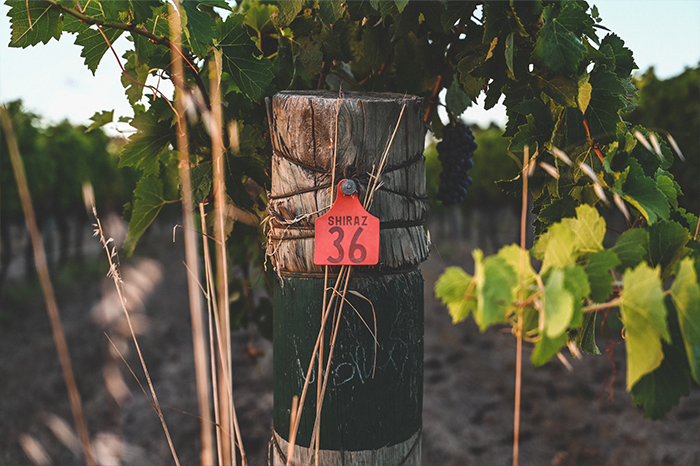
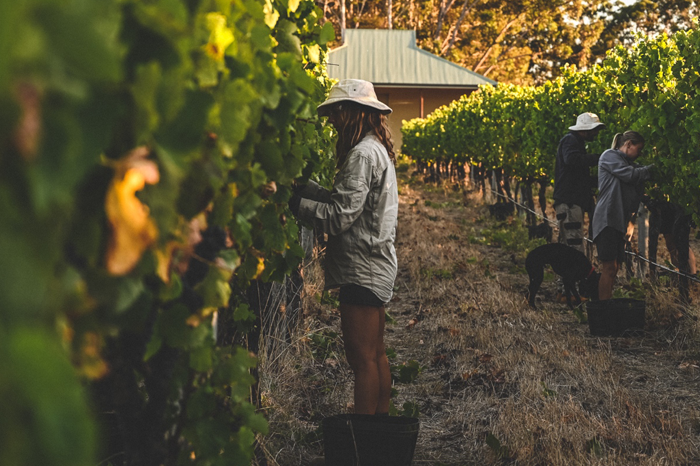
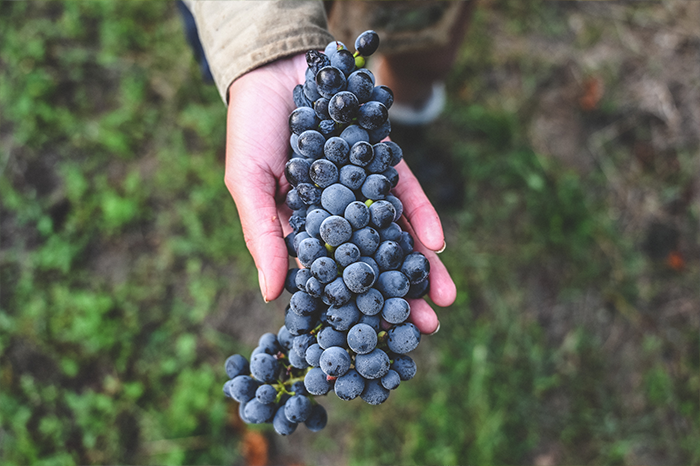
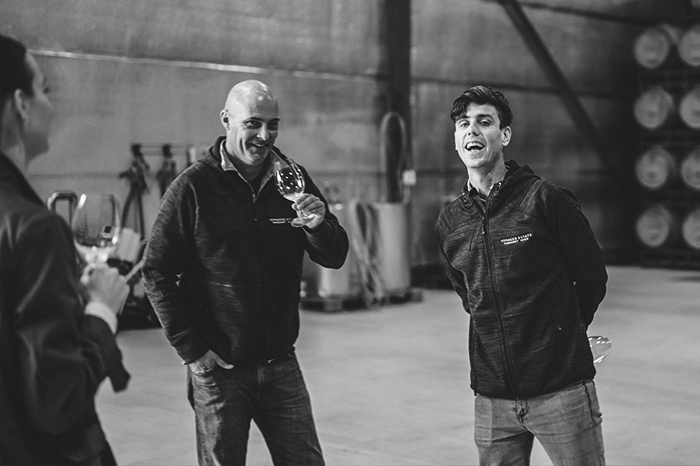
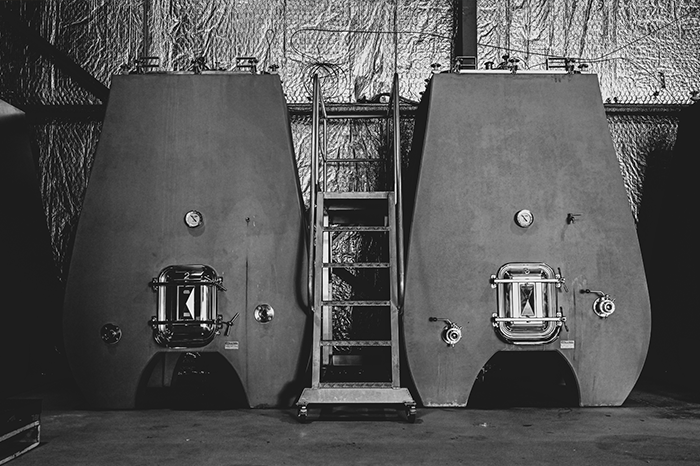
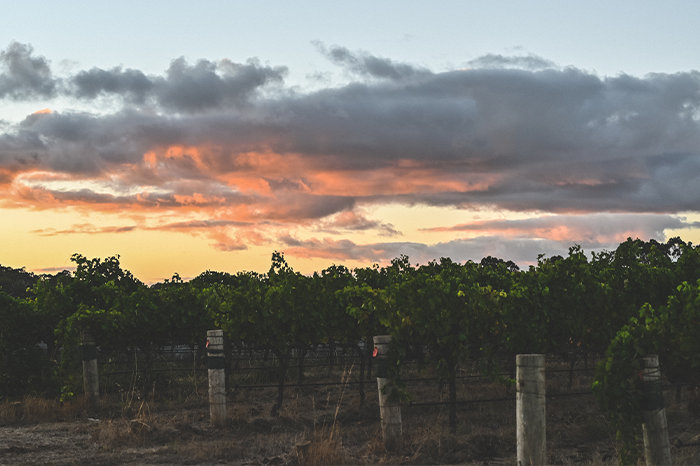
SOLI
As we pass the winter solstice and seasonal showers roll across our region, the vineyard begins its slow process of regeneration. The vines lay dormant, and we embrace the crisp vitality of winter – colder days, punctuated with storm fronts that whip in from the ocean. This is the most important season for building fertile soil – the vineyard’s lifeblood.
Our Vineyard Team select the best canes and gently lay them down, pruning foliage as they go. In turn, cuttings are mulched and returned to the earth as organic matter, enriching the vineyard floor.
It’s a sustainable, interconnected cycle that ensures nothing is wasted, and one that inspires our SOLI [Latin: soil] menu from the ground up – heroing our organically farmed wines of place alongside the pristine produce gifted by our region’s ancient soils.
Featured on this menu is our Line-caught Fish, Scallop and Mussels – inspired by the roaring winter oceans that supply us with an abundance of fresh seafood at this time of year.
Line-caught fish, sourced from Busselton, is lightly salted and gently poached or steamed. Locally sourced mussels are cooked with peppercorn and kaffir lime, and then smoked. This pristine coastal produce is served alongside a chicken and lime sauce, scallop silk and a Chardonnay yuzu gel. The dish is finished with an array of coastal plants, including pickled Karkalla from the Voyager Garden.
This stunning dish is paired alongside our certified organic single vineyard Chardonnay, Broadvale Block 6. The wine displays delicate floral and flinty notes, with intense citrus and a lovely mouth-coating texture – perfectly amplified by the ‘savours’ of yuzu, kaffir lime and our pickled Karkalla.
The chicken and lime sauce is deliciously umami and the line-caught fish and mussels, with their mineral notes and varying amounts of sweetness, serve to highlight the more structured side of the Chardonnay. The smoked mussel also brings through some of the wine’s lovely oak character.
Immerse yourself in the season of SOLI with a degustation experience this winter...
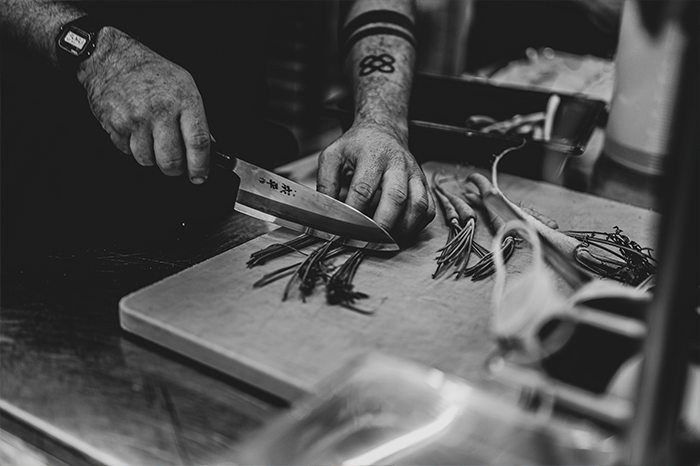
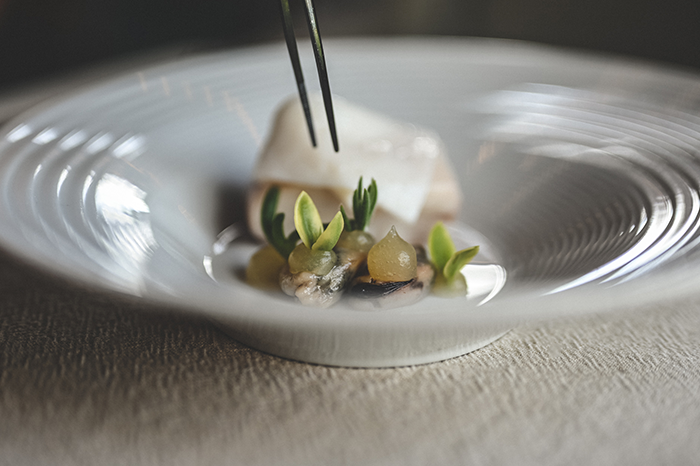
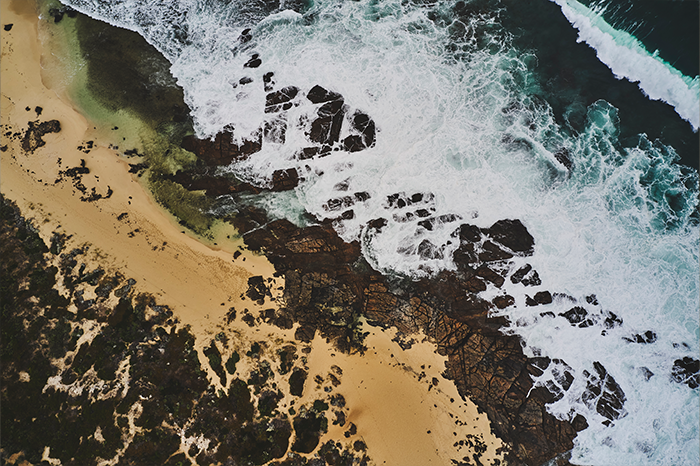
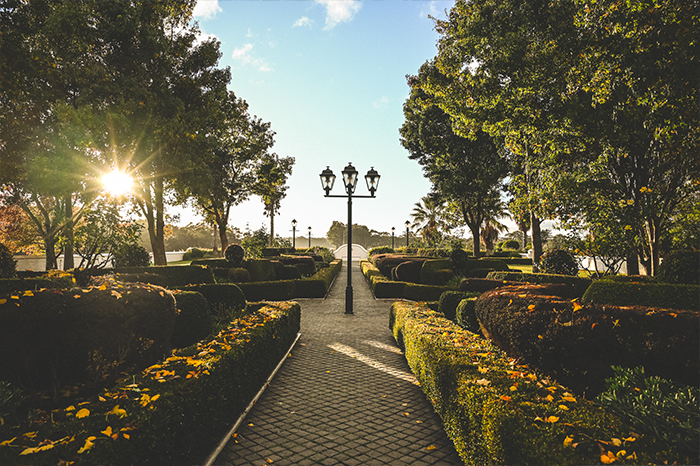
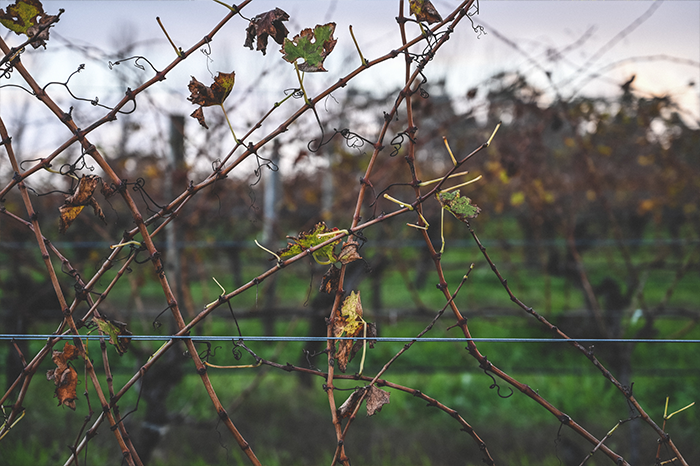
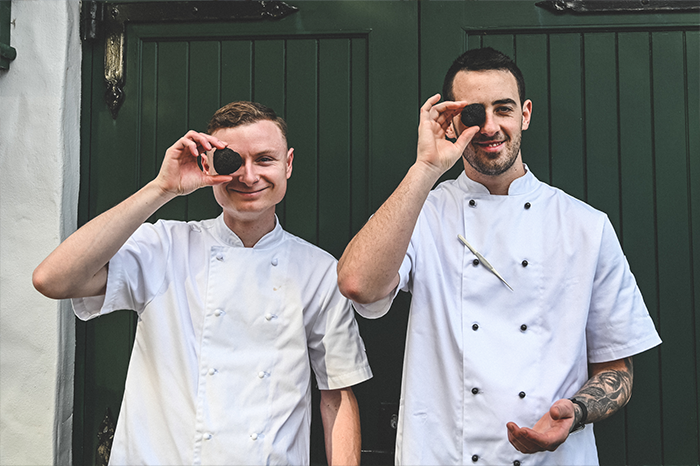
THE SEEDS OF CHANGE
This season, the market garden at the Landsmith Home Farm will be growing six crops to supply our celebrated Restaurant.
A relatively new project, the Landsmith Home Farm is a neighbouring property in Margaret River, which is being rehabilitated using the same green principles as our main Estate.
First to hit the soil are tomatoes, which were sown and put on the germination heat mat last week. The mat keeps the soil at a happy 21°C, providing heat-loving summer crops with the right temperature to germinate.
Together with the Restaurant Team, our green thumbs in the Garden have selected the variety Sunchocola Cherry Tomatoes, which are a beautiful, deep rich red colour and have a smokey yet sweet flavour. They are an F1 Hybrid, which have been bred to be well-adapted to field growing, as opposed to greenhouse protected conditions.
The Garden Team have also sown a few heirloom slicer tomatoes called Nicola's Yellows, which are large yellow tomatoes that have proven to grow very successfully in the past. The seed has come from a crop produced last season in Margaret River, meaning these particular tomatoes will be increasingly well-adapted to our local conditions.
The Garden Team will be potting the seedlings in a few weeks' time to ensure strong and healthy plants, and they will be transplanted in-ground come early October.
Cultivating and supplying our own fresh produce marks a new and exciting chapter at Voyager Estate, which will see our Culinary Team become progressively more sustainable. From small beginnings, big things grow...
THE BIG EGG
We look down the list of things we get excited about, and the word “concrete” isn’t usually on it. That is, unless you’re a winemaker.
Wander through our winery and you may catch a glimpse of a large grey egg or an Eiffel-shaped concrete vessel – rather industrial looking structures, sitting pretty in a sea of traditional open fermenters and barrels. Concrete may seem like the last place we’d want to put our grapes. So, why do we use it?
The secret is in both the conical shape and porous nature of the material. The 'oval' shape of these concrete vessels holds the grape skins down lower when they’re fermenting, so less pumping is needed to extract the tannin. It’s a gentler process, that leads to a softer texture in the wine. Add to that, the tiny holes in concrete allow oxygen into the juice without imparting any oak flavour or tannin, so the aromatics and fruit purity in the resulting wine really shine.
This year, Travis, Jimmy and our winemaking team had enough fruit yield from our V9 Cabernet block for a little experiment. They fermented some of the grapes in a concrete Eiffel and some in stainless steel open fermenters. All other factors in the process were the same – same fruit, same day, same additions, same barrel-ageing.
“Whilst both the resulting wines were of very high quality, what we discovered was the wine in concrete had a softer texture and incredible vibrancy – it really jumped out of the glass and was a more complete wine earlier in the process. We realised just how impactful oxygenation is in the fermentation stage, not just when the wine is ageing" says Jimmy.
This opportunity for innovation has not only provided new insight but has big implications for Voyager's mission to create a sustainable legacy. Oak barrels serve their intended purpose (imparting flavour and texture into the wine) for a limited time before they are retired. By comparison, a concrete egg or Eiffel will probably outlive us all, offering way more mileage!
A solution that allows us to reduce our reliance on a finite natural resource and move to a more sustainable material is very significant, as we look to reduce our carbon footprint. This important work is continuing, as we introduce more concrete vessels into the winery, and the team experiment further with the material to create exciting and nuanced Voyager wines.
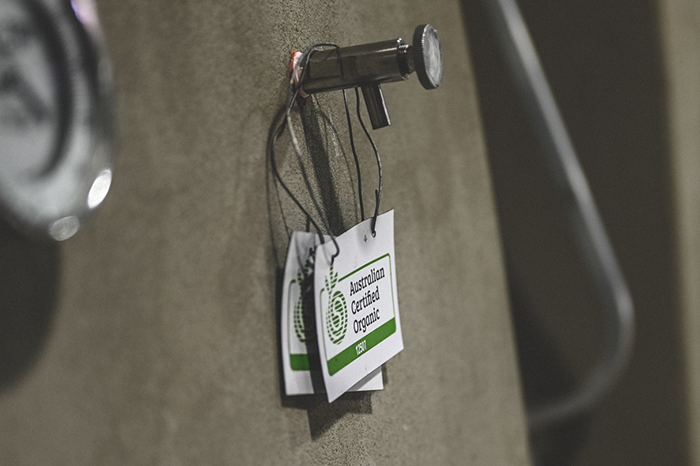
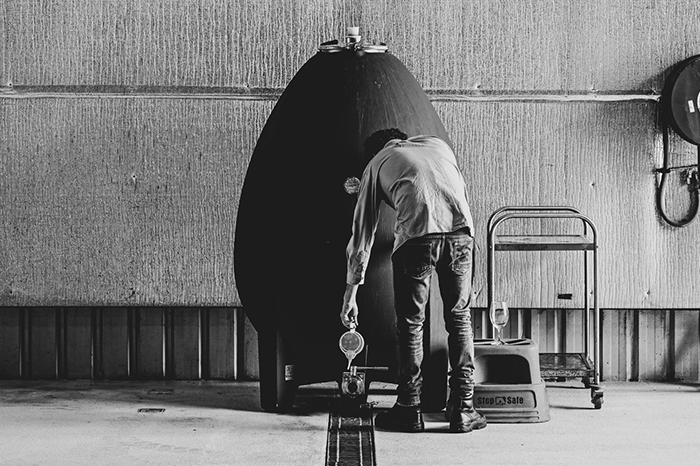
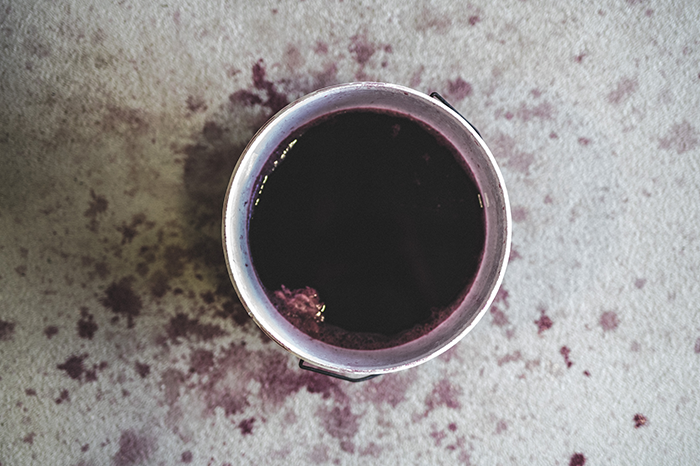
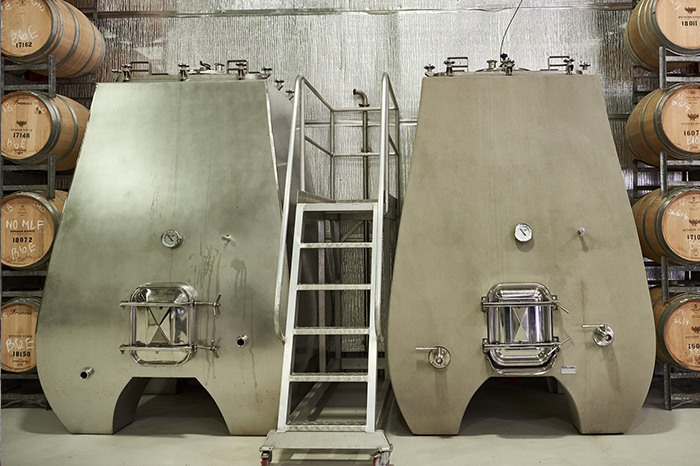
RIVER REVEGETATION
Recently the Voyager team joined a 60 strong group of local volunteers for the Margaret River Wine Industry Community Revegetation Day.
Organised by the Margaret River Wine Association (MRWA), a cohort of green thumbs from our wonderful region gathered to help restore and protect the flora of the Margaret River river mouth. Even with the threat of a potential 25mm downpour, the opportunity to get out of the winery or office, and spend a morning down at the beautiful river mouth enjoying Combi Coffee and a sausage sizzle donated by IGA proved to be too good to pass up.
After a Welcome to Country by Wadandi cultural custodian, Zac Webb, a briefing followed from Nature Conservation General Manager, Drew McKenzie. Once everyone was advised of what was to be achieved, they were off!
The volunteers began by focussing on the degraded areas at the river mouth and around the carpark with weed removal and planting to assist with dune stabilisation. Thankfully, the 'weather gods' were kind and waited for the last pig face to be planted and the final sausage to be consumed, before the heavens opened up and watered in all that had been planted! MRWA CEO, Amanda Whiteland, finished the day by saying “Given it is our wine region's namesake, and Margaret River (Wooditjup Bilya) has significant cultural, marine and biodiversity values, it made sense to do something that connected to the River." We couldn't agree more.
We are proud to say that this initiative was made possible partly through the MRWA's application to the Voyager Estate Community Grants program, which went towards tube stock and materials for the day.
The event created great community pride and team building across the wine industry for our world-renowned namesake. A big thank you to MRWA and Nature Conservation Margaret River for organising such a fantastic initiative, that is helping to preserve our incredible coastal home for generations to come!
RETHINKING ROSÉ
In the hustle of daily life, it’s easy to sink into comfortable drinking habits. When it’s warm outside, you drink rosé. When it’s chilly, you open a bottle of rich, mouth coating Cabernet. But we’ll let you in on a little secret…rosé is great any time of year because of its brilliant versatility with food. At Voyager Estate, our rosés are crafted with fresh elegance and savoury complexity – the ultimate pairing with the heartier dishes we love to eat in the cooler months.
We asked our Sommelier, Claire Tonon, to share why rosé shouldn’t be relegated to the realm of summer fun, and why it deserves a place on your dinner party table this winter…
What makes rosé great winter drinking?
“Rosé is generally light, fresh, and unoaked yet with a softer overall flavour profile than most classic summer wines (think citrusy, herbal Sauvignon Blanc!). It’s effectively red wine without all the red wine structure and weight, so it makes an excellent starter or first course wine for a winter dinner party. The berry notes and earthy savouriness of the Voyager Estate rosés are perfect with the warm richness of winter foods. They have great natural acidity too, a good balance for the rich, creamy sauces we all love when it’s cold outside!”
What’s special about the way we craft it at Voyager Estate?
“Crafting our Project Sparkling Rosé is a gentle, delicate process; every step revolves around retaining the elegant, fresh fruit notes of our organically certified Merlot and Shiraz. Early harvesting allows us to gently press out light-coloured juice with bright, fresh blood orange and red berry notes yet without any bitterness from the skins.
The Voyager Estate Rosé is a different story – instead, our team focus on developing texture and complexity. We use select parcels and various varieties to achieve this, Tempranillo for lively raspberry and delicate spice notes, Shiraz for floral aromatics and summer berries, and Merlot for a light strawberry lift. A small portion of co-fermented Viognier offers textural complexity. The result is a dry style with lifted floral aromas and a soft, textural palate with nice savoury elements.”
Your favourite flavour pairings…
“Light seafood like octopus or prawns, served either warm or cool, or with cured red meats, tartare, or carpaccio. It’s equally great with a creamy risotto or pasta. A couple of my favourite quick and easy dishes to make at home (whilst drinking a glass of rosé!) are Beetroot and Gorgonzola Risotto or Salmon, Cherry Tomato, Rocket, and Caper Pasta.”
Pop the bottle straight from the fridge…or is there another way to serve rosé during the cooler months?
“When pairing the Voyager Estate Rosé with warm dishes, I recommend serving it at around 12-14 degrees (perfect oaked Chardonnay temperature) so there’s less temperature contrast between food and wine. That way, you’ll be highlighting fruit and the wine’s interesting savoury notes, rather than the bright acidity.”
Can we expect a rosé-inspired pairing on the upcoming SOLI Menu this July?
“Absolutely! We’re still in the development phase, so I can’t reveal too much…but our chefs are currently curing and seasoning some amazing local venison as the inspiration for our 2021 Project Sparkling Rosé pairing. As I’ve already mentioned, we’ll be serving this dish early in the menu, keeping it light with just enough creaminess to balance the bright acidity of the wine…it’s going to be pretty special.”
INTRODUCING TIM SHAND
We are thrilled to announce the appointment of Tim Shand as our new Chief Winemaker. Following in the footsteps of Steve James, Tim will lead both the Winemaking and Viticulture Teams at a seminal moment in Voyager Estate’s 44-year history. Tim’s role will be pivotal as we continue to develop our hand-in-glove ambitions of achieving progressive environmental aspirations and taking our winemaking craft to the next level.
Originally a Perth native, Tim got his start in the Clare Valley, followed by international stints in iconic winemaking regions Chianti, Bordeaux, Oregon, and Burgundy, including Château Margaux and Domaine Dujac in France, before returning home to take up residence in 2011 at Giant Steps in the Yarra Valley, under Head Winemaker, Steve Flamsteed. Tim has been fortunate to work alongside inspiring people along the way, winemakers with substantial knowledge and always with a healthy dose of flair and innovative spirit. Since 2014, Tim has headed up a dynamic and progressive team of winemakers as Head of Winemaking at award-winning Punt Road.
Inspired by the ability to create and experiment, Tim believes winemaking is closer to a craft than an art – in the best possible way. Respect for the raw materials is everything, finding the beauty and deliciousness in the fruit that is grown and expressing them to the drinkers with the lightest possible touch. With a commitment to harmony and balance in wine, Tim will continue Voyager Estate’s legacy of producing world-class Chardonnay and Cabernet.
“The name Voyager Estate evokes a deep and enthusiastic response in wine lovers everywhere. They have a proven history of growing outstanding wines in a world class region. From afar I have admired Voyager's visionary approach to genuine sustainability in viticulture and winemaking, as well as their enviable location in the heart of the Stevens Valley,” says Tim. “Joining Alex and her knowledgeable team as Chief Winemaker at this point in the winery's evolution is a once in a lifetime opportunity for me, and I cannot wait to get started.”
Voyager Estate owner, Alexandra Burt, acknowledges the work of the winemaking and viticulture team over more than four decades in building a legacy of outstanding quality, sustainably-produced wines of place, and looks forward to building upon this foundation with the appointment of Tim.
Alex says, “We have deliberately taken our time to find the right person to lead Voyager Estate’s winemaking and viticulture into the next era. Of the many stand-out qualities that Tim brings with him, perhaps the most significant are his depth of thought and curiosity – about all things – along with his generosity and humility. He also brings a very considered ambition for the wines and those who know him well know that he is always looking far over the horizon when setting a vision. Tim has risen to the top of a remarkable field of candidates and adding him to our already accomplished team is beyond exciting.”
“I would also like to take this opportunity to acknowledge and thank our current production team, led by Travis Lemm and Glen Ryan, who have taken the reins in the interim and smoothly navigated the 2022 vintage which, to their credit, is already promising some exceptionally compelling wines.”
We look forward to welcoming Tim to the team in August.
MODERN WINTER DRINKING
The Modern Cabernet is the perfect warming companion for chilly days – bold yet soft, complex yet utterly drinkable, equally delicious with grilled meats and dark chocolate.
We asked four of Voyager’s most passionate Cabernet-lovers – Sommelier, Claire Tonon; Wine Educator, Tom Kline; and our Winemaking duo Travis Lemm and Jimmy Penton – to share their thoughts on why The Modern is the ultimate addition your table or cellar this winter...
Why should we get excited about The Modern?
Travis: “It’s lovely to drink as a younger wine, but still has depth of tannin to age gracefully. Fresh and bright with flair.”
Jimmy: “It’s made with the highest quality Margaret River Cabernet in a fresher, fruit-driven style, expressing a purity of place and super elegant tannins. It’s sexy Cabernet.”
Tom: “The Modern strikes a beautiful balance between complexity and drinkability.”
What puts the “modern” in this style of Cabernet?
Travis: “The Modern sits outside the conventions of most Margaret River Cabernets. It shows what can be done with Cabernet when it’s treated with freshness in mind. It’s a window into the future of Voyager Estate and the wider region.”
Jimmy: “For me, it really comes down to the philosophy behind the winemaking. We’re experimenting to express the perfume, elegance, and purity of Cabernet through sustainable decisions in the vineyard and the winery.”
Claire: “Traditionally, Margaret River Cabernet has a bit of a reputation for being somewhat unapproachable, particularly in its early years. Our team has created a Cabernet that’s scrumptious right now, yet still has the structure to age, and doesn’t cost the earth either! Win, win!”
Tom: “The unexpected twists and turns! It’s modern in the winemaking approach – different Cabernet clones and use of concrete to bring a unique palate shape and texture.”
Describe the drinking experience in a few words…
Travis: “Perfumed red berries and florals, fine gravelly tannins and sweet fruit through the mid-palate.”
Jimmy: “Crushed red berries, violets, and a hint of nori. Pure, full, mouthcoating fruit leads through to earthy, chocolate flavours and a refreshingly complex umami cherry finish.”
Claire: “An alluring array of juicy dark berry fruit jumps out of the glass. There’s more than just fruit though, it has pretty floral aromas, delicate oak-derived spices and notes of Mediterranean herbs.”
Tom: “The nose is all tilled earth, pine needle, red florals, and spice. The palate is soft but intense, showing earth and spice with velvety, fine tannins and long length.”
What is your favourite way to drink The Modern?
Travis: “In a glass! I prefer to give the wine a decant, then will happily sip away whilst cooking a meal for the evening. Hopefully there’s still some remaining when the dish hits the table!”
Jimmy: “Around the backyard firepit with friends, grilling quality meats.”
Claire: “It drinks well with pasta dishes and risotto (one glass for me, one for the pot!) through to red meat dishes and even winter veggies. One of the best things about The Modern is its ability to hold over a few days, so if (by some miracle) do you don’t finish the bottle on the first night, it’s generally even better the next!”
What is your ultimate dish or flavour pairing?
Tom: “The Modern really comes alive when paired with dishes that complement its earthy notes. Think fillet steak with mushroom sauce, truffle-based pasta, or slow cooked lamb shoulder with root vegetables.”
Jimmy: “The Modern Cabernet and dark chocolate is hard to go past!”
Claire: “Classic Italian roast beef and salt baked potatoes. I might sound like a broken record, but this is my favourite ever pairing for this wine – the herb crust that the beef is cooked with is reminiscent of the delicate herbal notes in the wine.”
Head on over to our online shop to add The Modern to your collection this winter...
CHENIN BLANC RENAISSANCE
In celebration of International Drink Chenin Day on 17th June, we're shining a light on the world’s most versatile grape, and one that has been a part of our story since the beginning…
Chenin Blanc is having a moment. Across the country, adventurous winemakers from the Swan Valley to Margaret River and beyond are pushing the boundaries, elevating the grape to new heights with exciting expressions popping up on every wine list.
Originally hailing from the Loire Valley in France, Chenin Blanc is infamous for making wines up and down the scale, from crisp sparkling styles to lusciously sweet dessert wines.
Voyager Estate Winemaker, Travis Lemm, suggests that the allure is in its ability to express the terroir of where it’s grown more than any other grape variety.
“It’s a bit of a chameleon really – very reflective of the season, the climate, and the soil type of where it’s grown. It loves the cool of the Loire but does equally well here in Margaret River where the seasons are consistently warm. The adaptability of the variety means the possibilities for experimentation are endless.”
At Voyager, we are proud to say that Chenin Blanc isn’t a new proposition – it is firmly part of our DNA, with heritage vines on our Estate dating back to original 1978 plantings. Our fascination began with an easy-drinking fruit-driven style, which has evolved into a wine with more palate definition and savoury tones. The introduction of barrel fermentation to select parcels adds layers of complexity and builds a platform around the amazing natural acidity of the variety.
With each passing season, our team have tapped into the grape’s versality more and more, exploring different clones and sites to craft expressive wines that reflect the nuances of our coastal home.
Over time, they realised our organically farmed Weightmans Block 1 vineyard produced Chenin Blanc fruit with stunning purity and freshness – perfect for making a sparkling aperitif style.
“We set out to craft a new wine that was distinctly Western Australian and suited our sunny climate and lifestyle, and I think we’ve proven what can be achieved when judicious work is done in the vineyard and the right sites are expressed. It’s a truly delicious, great value sparkling that continues to be refined each year of its journey," Travis continued.
Our 2021 Sparkling Chenin Blanc displays light citrus and fresh green apple, with elegance and complexity from time spent on lees – a new release with plenty of mojo that pairs beautifully with Western Australia’s incredible local seafood.
As vintage wraps up for another year and the team look ahead to what’s next, Travis says the journey of exploration will continue with the first organically farmed crops coming into the winery from our newly established plantings of the ‘Noack’ clone.
“We have sourced our cuttings from the Swan Valley and are super excited by the loose bunch formation and spectrum of fruit this particular clone produces. The aim is to craft a new wine – the Project U9 Chenin – which will be handpicked and whole bunch pressed, with fermentation taking place in old oak. It will be a more serious, structured look at the variety and will take Chenin Blanc at our Estate to the next level in the coming years – watch this space.”
